
“But then the next minute, my mind flipped back to thinking how a smear of greasepaint might hide her sallow skin. Back and forth I went. How to diminish. How to boost up. All I knew for sure was even if old Pluque saw his way to giving her a chance, even if she clawed her way up from the dance school to the corps de ballet, she was too skinny, too vulgar in her looks, too much like me to ever move up from second set of the quadrille, the bottom of the scale.” (Page 13 ARC)
Even as each sister raises the other up with praise and support when times are tough, there are moments of doubt — that the love is not enough and that the support is somehow hollow. Antoinette has fallen from her place with the ballet and is scrambling for walk-on parts in the opera before she meets Emile and gets a steady role in L’Assommoir, while Marie is just embarking upon her journey in the ballet with their sister Charlotte close behind. There is the push and pull of these sisterly relationships as they compete to be the best in ballet and to earn the most, while still supporting one another and doing the little things that keep them spirited. However, their world is about to fall apart when Antoinette falls in love and becomes tempted by that love to throw all that she knows away on the belief that her love is real and ever-lasting.
Buchanan also demonstrates through Marie the notion that believing something to be true can make it a self-fulfilling prophecy. Marie says at one point, “Monstrous in face, monstrous in spirit.” She does not see herself as the beauty others see, and her self-image is a faulty foundation for her to stand on when she enters the ballet as she compares herself not only to her sister, Charlotte, whom is considered a cherub, but also to the beauty and grace of the other ballet dancers. Meanwhile, Antoinette does not have as many concerns about her beauty, relying on her wiles to capture the attentions of Emile and hold his rapt attention. She sees him as her escape from poverty, despite his criminal-like behavior and greater commitment to his friends.
In many ways, The Painted Girls is about the bond between sisters and about the self-fulfilling traps that many of us fall into even when the support system is there to support us. It is about taking things for granted, about being selfish, and about not giving into temptation. Buchanan’s storytelling is captivating, and her characters, while rooted in history, are dynamic and flawed — like the criminals spotted by their physical characteristics, Antoinette and Marie are typecast by the law, theater members, ballet instructors and the wealthy sponsors who have designs on dancers. Buchanan’s portrait of sisters in France during this period is gritty and emotional. Readers will immediately feel the dark, dank alleys of Paris and the heel of class distinctions upon their necks, just as the van Goethem sisters do.
The first contender for the 2013 best of list.
Credit: Nigel DicksonAbout the Author:
CATHY MARIE BUCHANAN is the author of The Painted Girls, a novel set in belle époque Paris and inspired by the real-life model for Degas’s Little Dancer Aged 14 (forthcoming January 2013). Her debut novel, The Day the Falls Stood Still, was a New York Times bestseller, a Barnes & Noble Recommends selection, a Barnes & Noble Best of 2009 book, an American Booksellers Association IndieNext pick and a Canada Reads Top 40 Essential Canadian Novels of the Decade. Her stories have appeared in many of Canada’s most respected literary journals, and she has received awards from both the Toronto Arts Council and the Ontario Arts Council. She holds a BSc (Honours Biochemistry) and an MBA from Western University. Born and raised in Niagara Falls, Ontario, she now resides in Toronto.
Please check out the reading guide.

 About the Author:
About the Author:

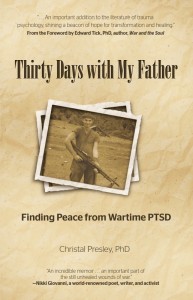
 About the Author:
About the Author:

 About the Author:
About the Author: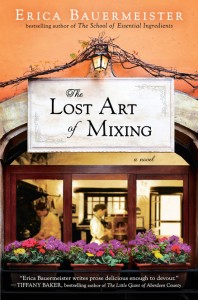
 About the Author:
About the Author: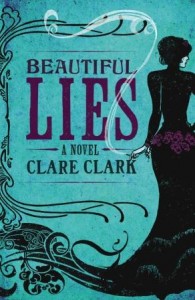


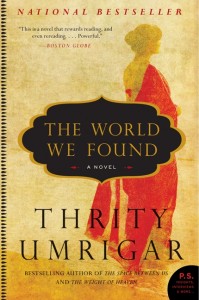
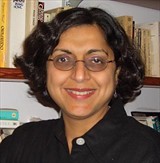 About the Author:
About the Author:
 About the Author:
About the Author: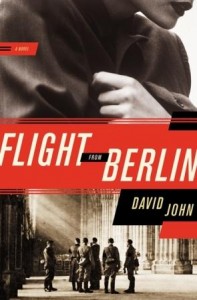
 About the Author:
About the Author:
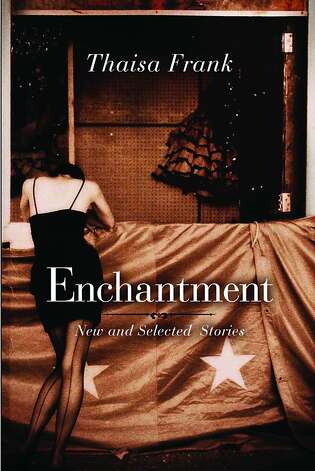
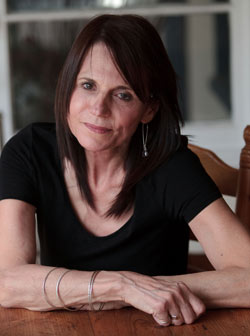 About the Author:
About the Author:


